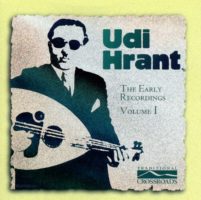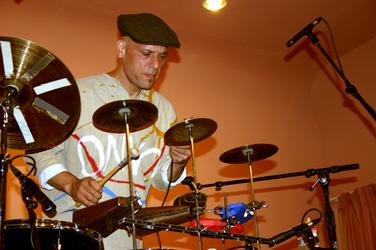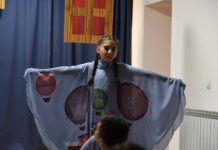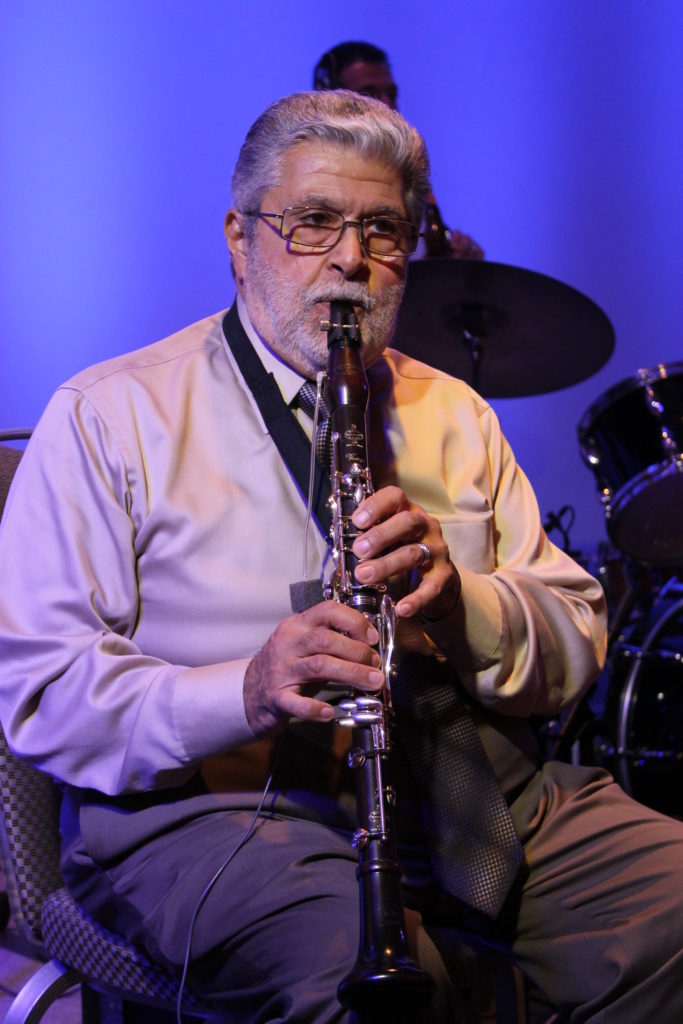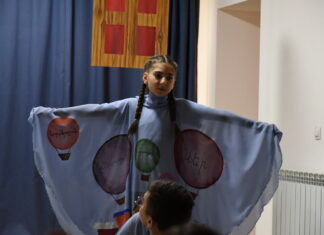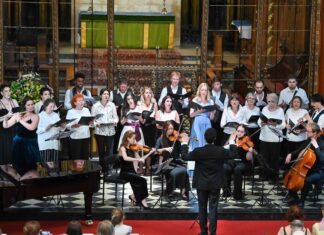By Harry Kezelian
Special to the Mirror-Spectator
Imagine a world where jazz music in America remained to this day the most popular dance music for parties, just as it was in the Big Band Swing Era.
Where the jazz world didn’t turn away from the mainstream and become overly artsy after World War II, becoming a style of music for bohemians, beatniks, and intellectuals.
Where the high school proms and the college formals featured bands with trumpet, saxophone, and piano, and the kids danced updated versions of the jitterbug and modernized versions of the foxtrot.
Where instead of being superseded by rock and roll, disco, hip-hop, and techno, jazz continued to be America’s favorite music, and regarded by everyone as the great American native art form.



